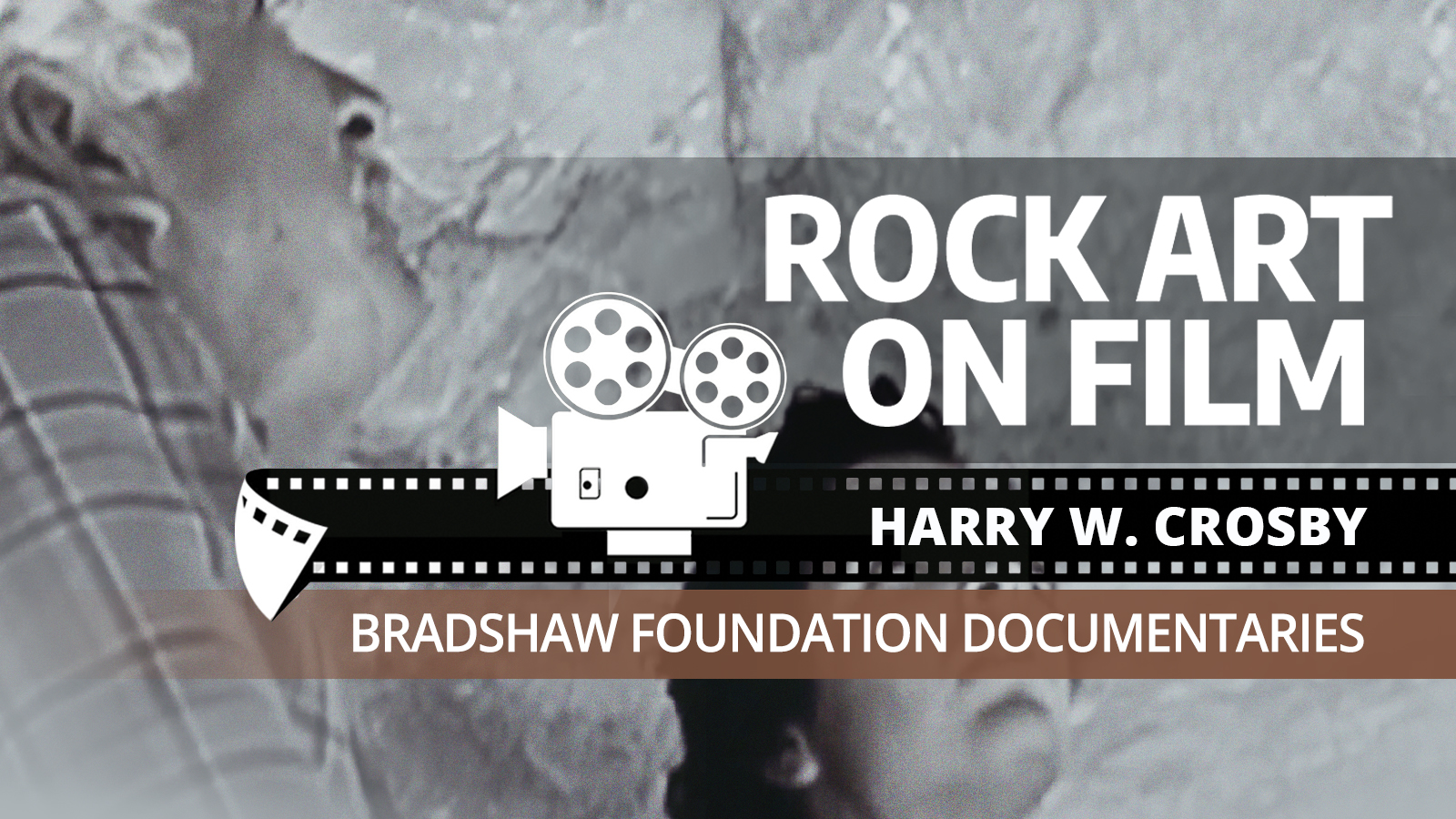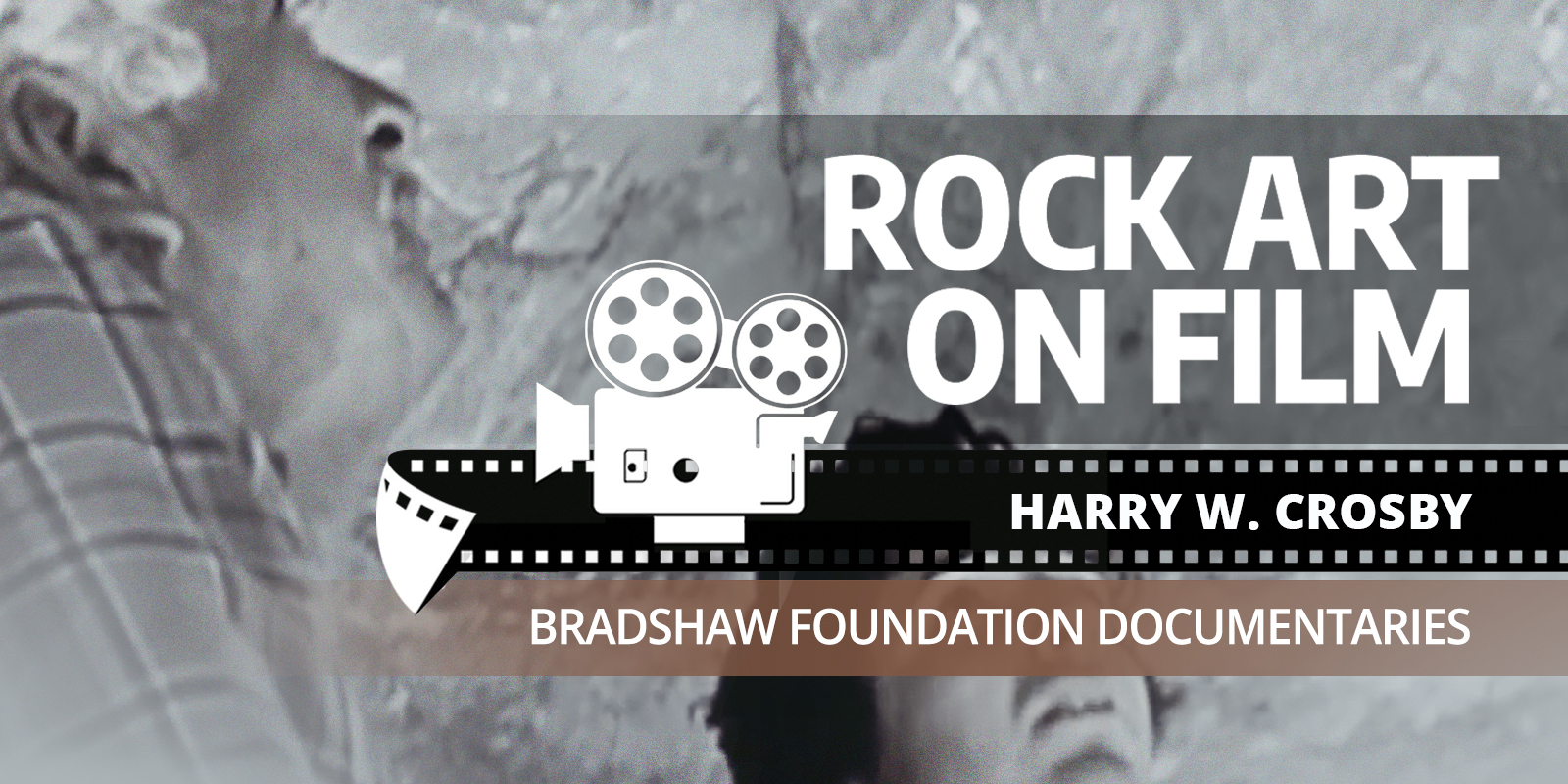





Harry W. Crosby's explorations, studies, and writings establish him as one of the foremost authorities on Baja California's colorful past. Crosby was born in Seattle, Washington, in 1926, then moved with his family to La Jolla, California in 1935. He graduated from La Jolla Junior-Senior High School in 1944 when there was a little more than a year left in World War II. He enlisted in the U. S. Navy and attended Occidental College in Los Angeles as a pre-medical student. In 1947, while working at a salmon cannery in Alaska, Crosby was accepted into U.S.C. medical school but did not accept it. Instead, having married, he then became a science teacher for the next 12 years.
Following his teaching career, Crosby decided to become a photographer, working extensively in Mexico. One of his first photo assignments came from a magazine that hired him in 1964 to photograph Tijuana for a special issue entirely devoted to that topic. Seventy of these photographs illustrate 'Tijuana 1964', a recent binational publication. In 1967, he was commissioned as photographer for 'The Call to California', a book to commemorate California's bicentennial. He was given the task of following the route of the Portola/Serra expedition of 1769 to make photos to illustrate a text derived from diaries of the trekkers who soon founded San Diego as a base for Spain's claim to what is today the state of California. He rode 600 miles in Baja California, on mule-back and on trails far from the then-wheel track road, to the remotest areas of Baja California. Since completing that first work, he has logged over a thousand miles in the saddle over harsh and barren terrain to interview the Baja peninsula's isolated ranchers and discover its amazing prehistoric art and cave paintings.
It is free to subscribe to the Bradshaw Foundation YouTube channel. By subscribing and turning on notifications, you will be notified when we release films on rock art and cave paintings. More films from the Bradshaw Foundation are available to watch below.